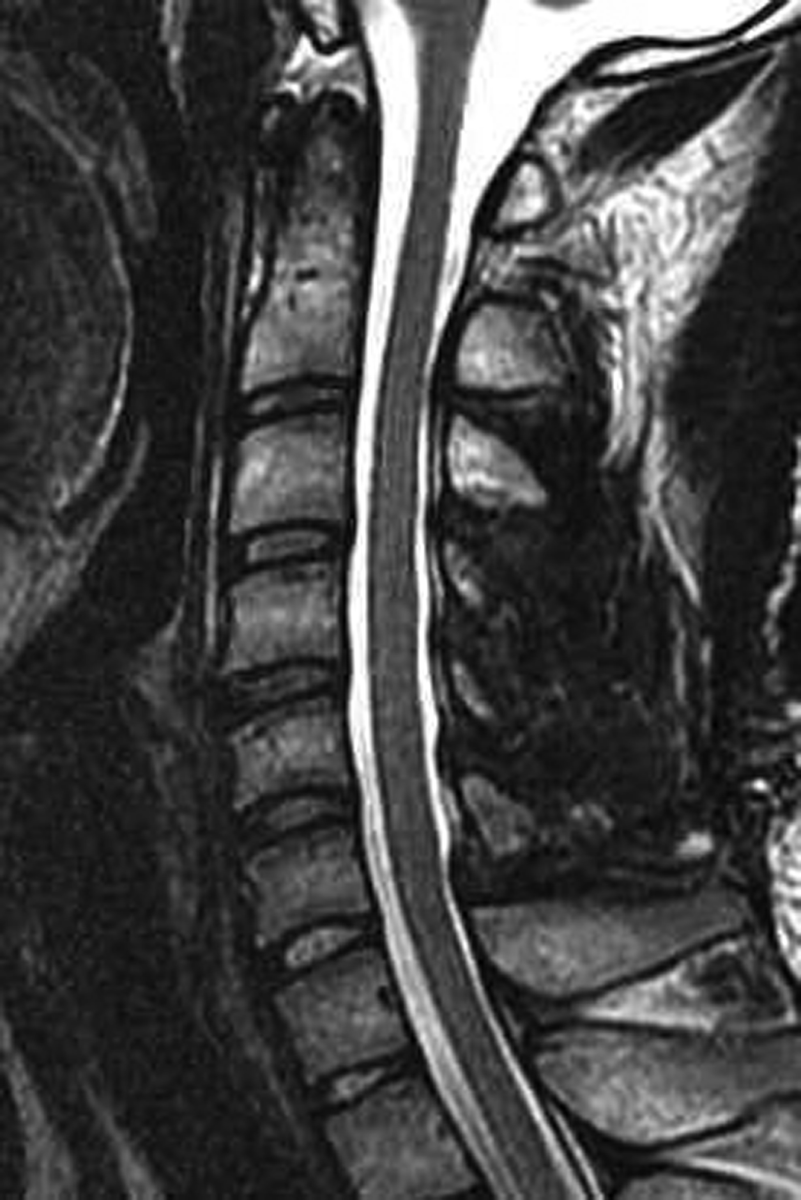Lajpat Nagar Metro Station, Block M, New Delhi, 110024
|096506 82102

Tendon Stenosis Pressure at Two Levels : An Overview
Understanding Tendon Stenosis Pressure at Two Levels
Our primary treatment modalities include pain medication and physiotherapy following the diagnosis of your condition. Our spine specialists may recommend additional treatments if these initial approaches fail to deliver the desired outcomes. Early intervention is recommended for the following symptoms:
- 1. Foot drop or leg weakness
- 2. Bowel or bladder dysfunction
- 3. Advancing numbness
- 4. Debilitating pain hampering routine activities
- 5.Progressive and recurrent pain after partial improvement
- 6.Lack of improvement or progression of symptoms despite conservative therapy.
Although tendon stenosis pressure at two levels requires appropriate pre-treatment measures to ensure successful outcomes, it is crucial to follow specific guidelines:
- Consult your doctor for an evaluation of your condition and to discuss treatment options.
- Provide detailed information about your medical history, including any previous treatments or surgeries.
- Your specialist will conduct a thorough examination and may recommend imaging tests to assess the extent of the condition.
- Follow any pre-treatment instructions provided by your doctor, which may include modifications to your daily activities or medications.
During treatment for tendon stenosis pressure at two levels, you can expect:
- Discussion with your healthcare provider about the treatment plan, including the goals and potential risks.
- Administration of appropriate treatment modalities, which may include physical therapy, medication, or minimally invasive procedures.
- Regular monitoring of your progress and adjustment of the treatment plan as needed.
- Educational resources to help you understand your condition and participate in your recovery process.
After treatment, it is essential to follow guidelines for post-treatment care:
- Attend follow-up appointments with your healthcare provider to monitor your progress and address any concerns.
- Follow any instructions provided by your doctor for wound care, activity restrictions, or medication management.
- Engage in recommended rehabilitation exercises to improve strength, flexibility, and range of motion.
- Communicate with your healthcare team about any changes in symptoms or unexpected reactions to treatment.
Understanding Tendon Stenosis Pressure at Two Levels
- Chronic back pain
- Numbness or weakness in the legs
- Difficulty walking or standing for long periods
- Bowel or bladder dysfunction
- Radiating pain into the buttocks or legs
- Magnetic Resonance Imaging (MRI) to visualize the spinal canal and nerve roots
- Physical examination to assess neurological function and mobility
- Electromyography (EMG) to measure electrical activity in muscles
- X-rays to evaluate spinal alignment and bone structures
- Physical therapy to strengthen muscles and improve flexibility
- Medications such as nonsteroidal anti-inflammatory drugs (NSAIDs) to reduce pain and inflammation
- Epidural steroid injections to alleviate pain and inflammation in the affected area
- Surgery, such as laminectomy or spinal fusion, to relieve pressure on the nerves
